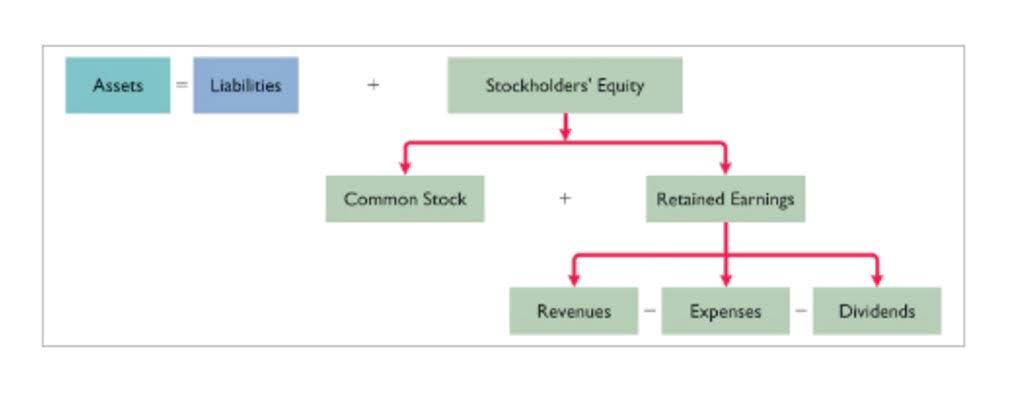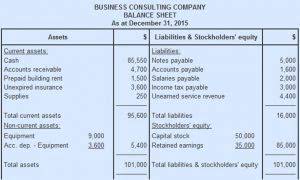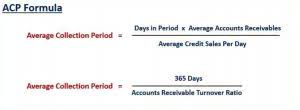
Creating Bookkeeping for Consultants an accurate, detailed legal chart of accounts is an important tool to give you an accurate picture of where your firm’s financials stand. Once set up, this information can give the visibility you need to ensure your firm stays compliant with accounting and trust accounting rules. Moreover, you can use the information from your law firm’s chart of accounts to help determine key financial details about your firm—which is necessary for making data-driven decisions. By embracing technology and seeking professional help, law firms can navigate the complexities of trust accounts and avoid common mistakes in legal accounting. Staying vigilant in record-keeping and utilizing robust accounting software will be key to ensuring a successful financial future for law firms in 2022.
Ensure you have the right bank accounts set up

For example, an error in inputting a single transaction can throw off the entire balance of the ledger, making it difficult to reconcile accounts. Each account in the general ledger also needs reconciliation with third-party reports, such as bank statements, which can be a tedious process if discrepancies arise. Additionally, it simplifies the budgeting process and aids in creating reliable forecasts for future financial planning.

— Financial Data Organization
- But we use the liability account to keep track of to which client we owe which money.
- We’ll talk about the most common mistakes law companies make when setting up their chart of accounts and give you tips on how to avoid them in this detailed guide.
- Cash accounting recognizes revenues when cash is received, as well as expenses when paid.
- Whenever a client pays an invoice, you must allocate the payment to the incurred costs of a matter first.
- By aligning your chart of accounts with tax reporting requirements, you’ll streamline your tax preparation process and reduce the risk of costly errors.
- When handling these expenses, set up a double sided service item that has both income as well as expense sides pointed to your Client Trust Liability account.
While it might sound like an accounting-only task, having a clear understanding of your firm’s financial setup is essential for various reasons. It keeps your business on track and ensures you’re following industry regulations. To ensure optimal financial management, evaluate whether your accounting application is integrated with other software. Aim for solutions tailored specifically to legal professionals so they can best meet their unique accountancy needs.
- Separating Other Comprehensive Income allows businesses to track changes in the value of certain assets or liabilities over time.
- This process involves choosing a name, selecting a business structure, and filing paperwork required by your local jurisdiction.
- Customizing the chart of accounts on an accounting platform such as Quickbooks Online Advanced makes it easy to track the law firm’s finances.
- You can compare financial data from different years or periods to identify trends, assess growth, and make strategic decisions based on historical performance.
- Within each category, there are specific accounts that represent different types of transactions, so there are always a number of subaccounts within each account.
Segregated liabilities

In accounting and bookkeeping, we use the term accounts for categories under which you typically record your business’s financial activities. When implementing a law firm accounting strategy, there is plenty to consider. You must first apply money from the paid invoice toward incurred costs. For example, if your firm paid court filing fees for the client, a part of their paid invoice must cover that cost. After covering client expenses, the leftover amount is considered income.

- Your liability account will have sub-accounts for current, segregated, and long-term liabilities.
- It involves a ton of inefficient, manual work—involving a lot of spreadsheets, paper invoices, inputting data entry, and struggles with collections.
- By organizing this data into categories, a general ledger allows for easy tracking and analysis of financial information.
- If you are logging time and reimbursable expenses or creating invoices in an application, that program affects the records organized under your chart of accounts.
- Also known as double-entry accounting, this is a method of bookkeeping that uses a two-sided accounting entry where every transaction impacts at least two accounts.
- One key part of the accounting process is analyzing financial reports that provide you with a better understanding of actual profitability and awareness of cash flow in your business.
- While it might sound like an accounting-only task, having a clear understanding of your firm’s financial setup is essential for various reasons.
Using pre-configured law firm charts of accounts templates eliminates the need for manual creation. It also allows the customization of accounts to fit each firm’s unique needs, ensuring that complex transactions like client trust funds or partner distributions are correctly classified. Generating accurate financial statements becomes effortless, allowing for comprehensive reporting on your law firm’s performance. The integration also streamlines billing and invoicing by mapping accounts to client matters, resulting in precise invoices and trial balance efficient revenue tracking. Additionally, integrating the chart of accounts with Casefox enable in-depth financial analysis, empowering informed decision-making. You can assess profitability by practice area, evaluate revenue streams, and monitor client or matter performance.
Financial Clarity
- To help you determine the best option for your business, we’ve rounded up the ins and outs of both here.
- Additionally, choosing payment providers with fee structures that do not adversely impact the firm’s bottom line is essential for maintaining financial stability.
- Lastly, you should also understand how business taxes work, what you’re responsible for, and potential deductions your firm can benefit from.
- You need to check if your client wants to separately keep track of filing fees, medical records, travel & other expenses.
- As mentioned, besides the standard five accounts, the chart of accounts may contain additional accounts, created for the sake of more granularity or to cater to a business’s particular needs.
Properly tracking billable hours and expenses is necessary for law firms to accurately record law firm revenue, issue correct invoices, and maintain financial records. Errors in tracking can lead to client disputes, lengthy collections processes, and lost revenue. Plus, falling behind on tracking expenses can impact the earning potential of a law firm when you consider how some jurisdictions calculate the payout after expenses or liens have been deducted. Lawyers are not accountants and they often make the same common mistakes when it comes to accounting for law firms. Legal accounting and bookkeeping law firm chart of accounts for law firms mistakes have catastrophic consequences for your business, income taxes, and license. Below we’ll show you the most commonly fall short in accounting practice.



